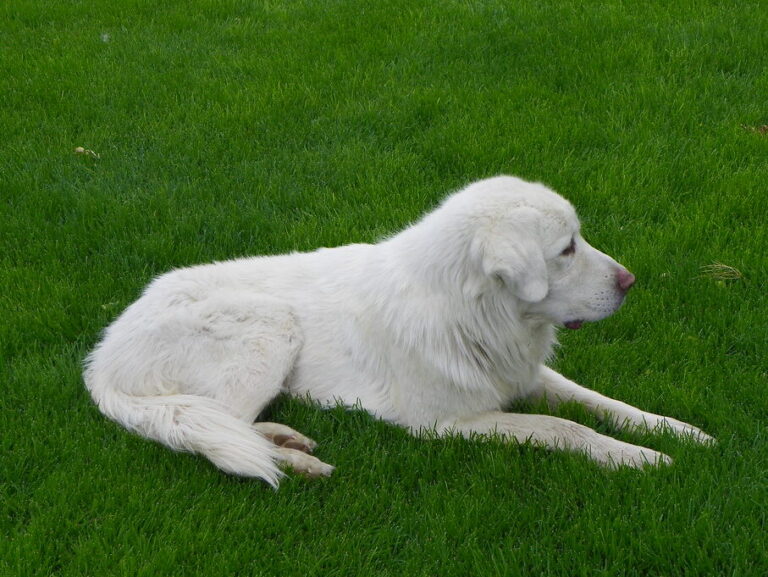30 Hidden Signs Your Dog Might Be Sick

Dogs are experts at masking pain and illness. Many health issues start with small, easy-to-miss changes. If you notice any of these subtle signs, it’s worth a closer look — and possibly a call to your vet. Early intervention can save you and your dog from bigger problems down the line.
Change in Eating Habits
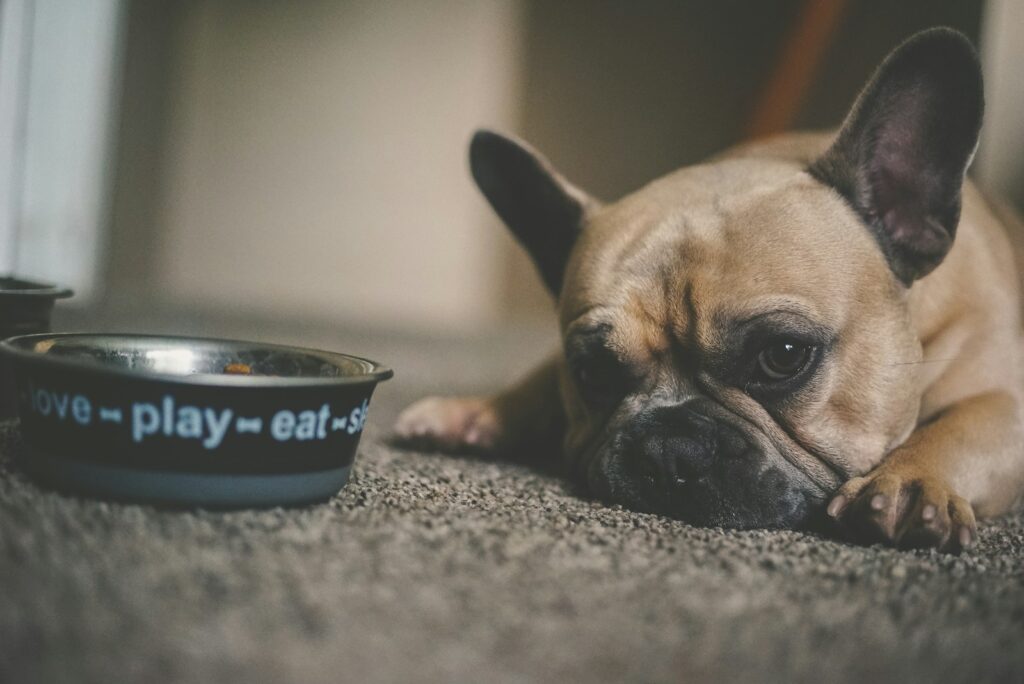
Skipping one meal isn’t usually alarming. But if your dog consistently eats less or shows disinterest in food, it could be a sign of dental pain, gastrointestinal trouble, or even kidney disease. Sudden appetite loss often signals that something deeper is wrong, especially if accompanied by weight changes or low energy.
Drinking More Water Than Usual

If your dog’s water bowl empties faster than usual, pay attention. Increased thirst can be an early sign of diabetes, kidney dysfunction, or hormonal disorders like Cushing’s disease. Excessive drinking often goes hand-in-hand with frequent urination, another red flag for systemic health problems that need prompt attention.
Bad Breath

Dog breath isn’t known for being fresh, but foul or sweet-smelling breath can indicate bigger issues. Bad breath often signals dental disease like infected gums or decaying teeth. In some cases, it’s linked to kidney failure or diabetes. Persistent odor, especially paired with drooling or eating difficulties, shouldn’t be ignored.
Weight Loss Without Diet Changes

Unexpected weight loss is often the first visible sign of something serious. It can point to diabetes, thyroid disorders, parasites, or even cancer. When weight loss happens without a change in diet or exercise, it’s your dog’s way of telling you their body isn’t functioning properly, and a vet check is urgent.
Sleeping More Than Normal

All dogs love a good nap, but if your normally energetic pup starts sleeping excessively, it could be more than simple laziness. Illnesses like hypothyroidism, infections, or even anemia can sap a dog’s energy. Watch for changes in wakefulness, responsiveness, and overall interest in daily activities.
Reluctance to Play or Walk

If your once lively dog suddenly loses interest in playing fetch or going for walks, it might signal joint pain, injury, or internal issues like heart disease. Dogs instinctively hide pain, so a decrease in activity is often one of the first clues that they are uncomfortable or unwell.
Changes in Coat or Skin

A shiny, healthy coat is a sign of good health. If your dog’s coat becomes dull, flaky, or patchy, it could point to allergies, hormonal imbalances like hypothyroidism, or nutritional deficiencies. Watch also for excessive shedding, bald spots, or persistent scratching, which can signal deeper skin or immune problems.
Constant Scratching or Licking

Scratching, biting, or licking one spot obsessively can be a sign of allergies, infections, or even behavioral issues like anxiety. Over time, this can lead to wounds or infections. If your dog seems focused on a certain area, especially without visible cause like fleas, it’s time for a closer look.
Persistent Coughing

Occasional coughing can happen. But a persistent, hacking cough may suggest kennel cough, heart disease, or lung infections. Coughing that worsens at night, during exercise, or when lying down is particularly concerning and should be evaluated promptly, especially in breeds prone to heart or respiratory conditions.
Change in Stool or Urine
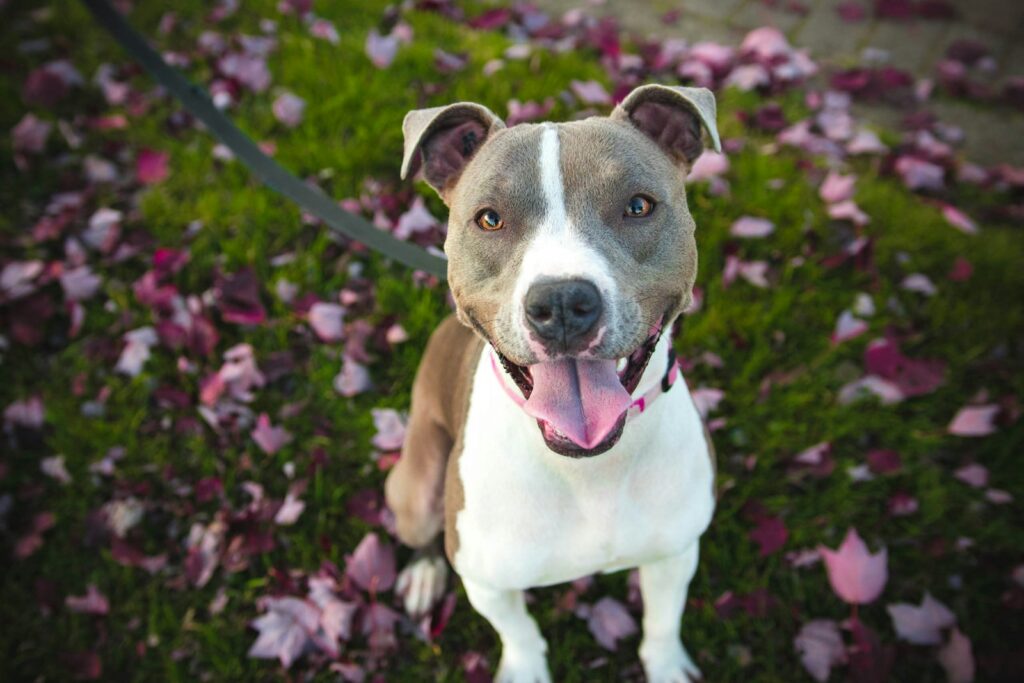
Healthy dogs have fairly consistent bathroom habits. Sudden changes in frequency, color, or consistency of stool and urine can signal gastrointestinal problems, urinary tract infections, or kidney disease. Blood in either is an emergency. Always take note of what’s normal for your dog, so you can spot changes quickly.
Limping or Difficulty Moving
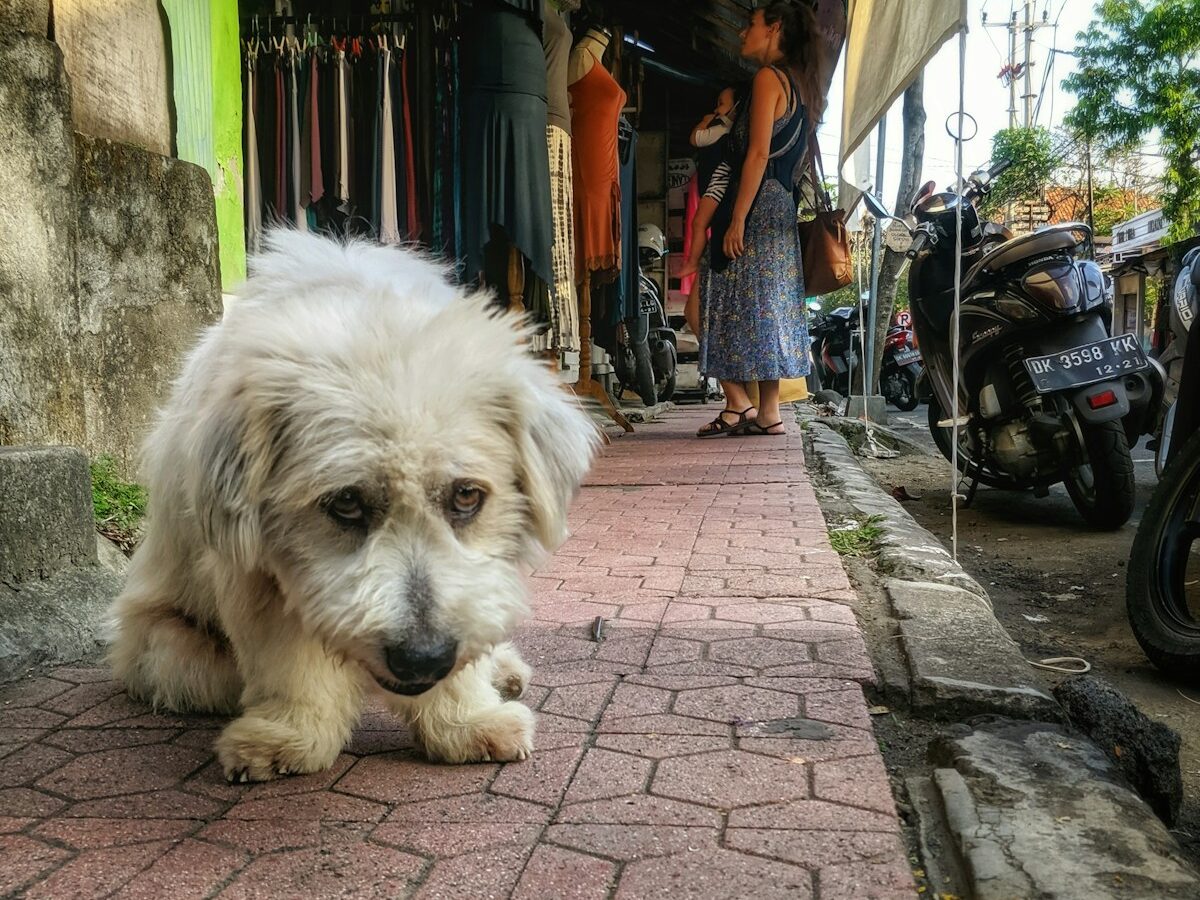
Dogs limp for reasons that go beyond a minor sprain. Limping could indicate joint issues, torn ligaments, or even bone diseases. Some dogs try to tough it out, but mobility problems can worsen quickly. If you see stiffness, reluctance to move, or an uneven gait, it’s time for evaluation.
Sudden Aggression or Withdrawal

Personality changes like sudden aggression, fearfulness, or withdrawal often mean your dog is in pain or experiencing neurological changes. Dogs in discomfort may lash out defensively or become unusually reserved. If your normallyfriendly dog starts acting out of character, don’t assume it’s behavioral — consider a physical cause.
Excessive Drooling

Drooling can be normal in some breeds, but a sudden increase is a concern. Dental problems, nausea, heatstroke, or even toxin ingestion can trigger excessive drool. If drooling is paired with other symptoms like lethargy or vomiting, it’s a strong indicator that your dog needs urgent veterinary attention.
Vomiting More Than Once

Dogs occasionally vomit without serious cause. However, repeated vomiting, especially if it happens over several hours or days, can signal more severe problems like gastrointestinal blockages, pancreatitis, or poison ingestion. Repeated vomiting leads to dehydration quickly, so it’s best not to wait and see if it improves.
Difficulty Breathing
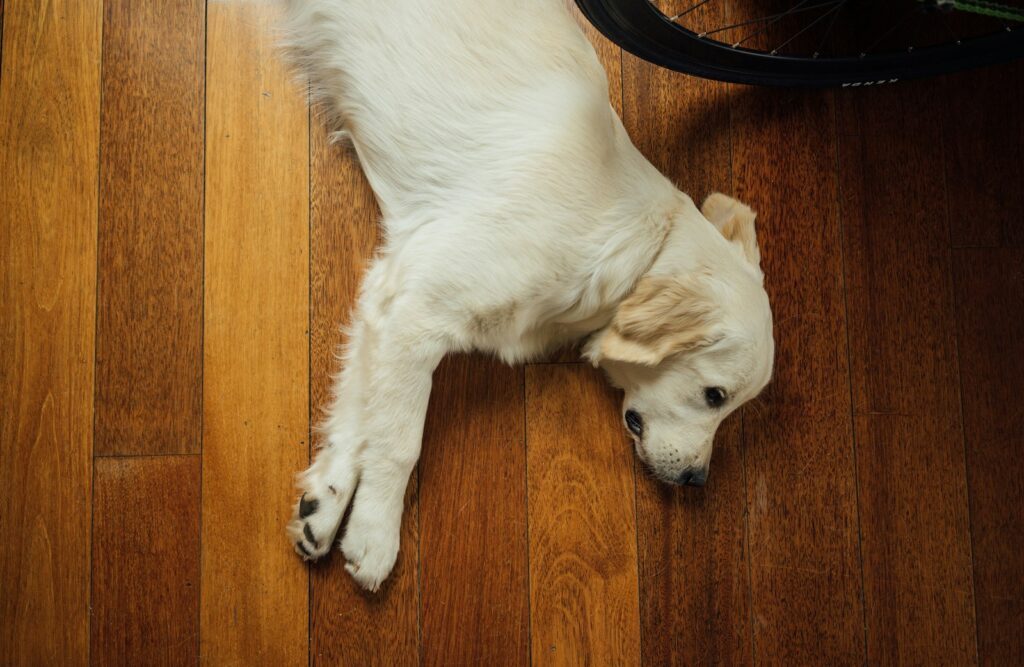
Any breathing difficulty, whether rapid panting, wheezing, or labored breaths, needs immediate attention. Respiratory distress can point to heart disease, lung infections, or even an allergic reaction. If your dog appears to struggle for air, especially if gums turn pale or blue, it’s an emergency situation.
Cloudy or Red Eyes

Eyes are windows into your dog’s health. Cloudiness, redness, excessive tearing, or discharge can signal infections, glaucoma, dry eye, or even systemic illnesses. Left untreated, some of these conditions can lead to permanent vision loss. If your dog’s eyes look different or they start pawing at their face, it’s time to have them checked.
Shaking or Trembling

Dogs shake for many reasons, but unexplained trembling can be a warning sign. It might indicate pain, nausea, poisoning, or even neurological issues. If there’s no obvious cause like cold or fear, persistent shaking or trembling should never be ignored. It could be your dog’s way of signaling something is wrong internally.
Excessive Panting

While dogs pant to cool off, excessive panting at rest or in cool environments is concerning. It can be an early sign of heart disease, respiratory problems, Cushing’s disease, or overheating. If your dog is panting heavily without exertion and seems distressed or lethargic, it’s best to seek veterinary advice quickly.
Unusual Odors
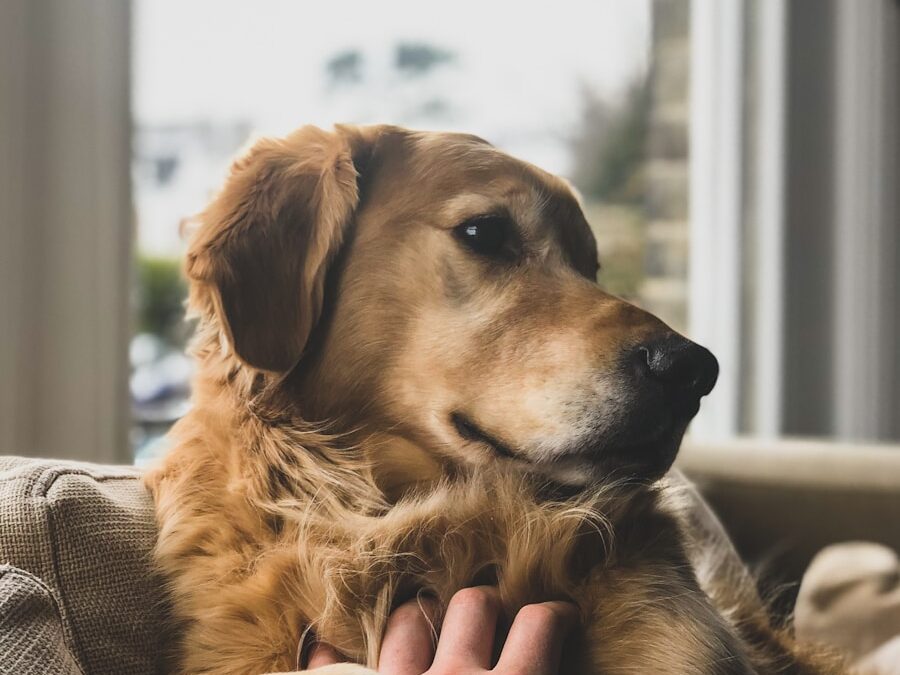
Dogs have a natural scent, but foul smells from the ears, skin, or mouth can indicate infection. Persistent body odor is often caused by bacterial or yeast infections in the ears or on the skin. A sudden, strong smell that doesn’t improve with cleaning warrants a vet visit to rule out hidden issues.
Excessive Head Shaking
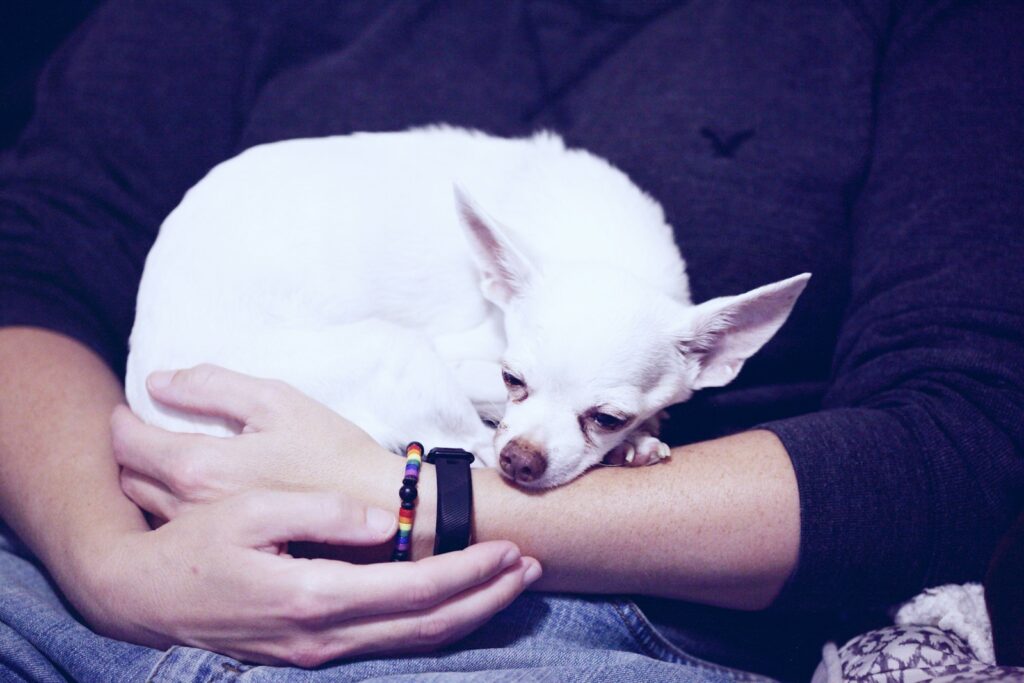
A few shakes are normal, but if your dog is shaking their head frequently or scratching their ears, it may point to an ear infection, mites, or a foreign object lodged inside. Left untreated, ear infections can cause serious complications, including damage to the eardrum and permanent hearing loss.
Changes in Vocalization

If your normally quiet dog starts barking, whining, or howling excessively, or if a vocal dog suddenly goes quiet, it may indicate pain or distress. Changes in tone or intensity of barking can signal respiratory issues, throat problems, or neurological conditions. Pay attention to new or unusual vocal behaviors.
Increased Irritability or Aggression Toward Other Pets

If your dog suddenly becomes irritable or aggressive with familiar pets, it could be a red flag. Pain, discomfort, or cognitive decline can cause dogs to lash out. A once-friendly dog turning reactive is often their way of saying something isn’t right, physically or mentally, and shouldn’t be brushed off.
Swollen Abdomen

A swollen or hard belly is never normal. It can point to dangerous conditions like bloat (gastric torsion), internal bleeding, organ failure, or tumors. Bloat, in particular, is a life-threatening emergency that requires immediate action. If your dog’s abdomen looks unusually large or firm, seek veterinary help fast.
Reluctance to Climb Stairs or Jump

A dog that suddenly avoids stairs, jumping on furniture, or hopping into the car may be hiding joint pain, arthritis, or spinal problems. Reduced mobility can creep up slowly, so noticing hesitation where there was once confidence can be an early indicator of orthopedic or neurological issues needing attention.
Excessive Sneezing

An occasional sneeze is fine, but frequent or intense sneezing could signal respiratory infections, allergies, nasal mites, or even a lodged foreign object. Chronic sneezing often comes with nasal discharge, bleeding, or swelling and requires veterinary evaluation to rule out infections or more serious conditions like tumors.
Constant Pawing at the Face or Ears
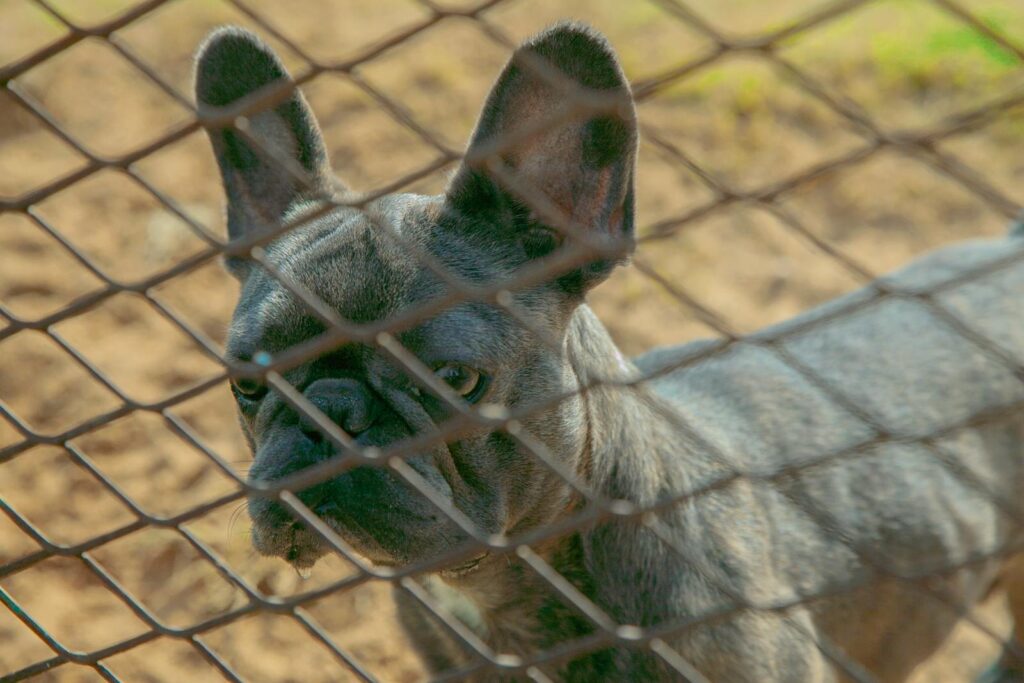
If your dog is repeatedly pawing at their face or ears, it may be more than a quirky habit. Ear infections, dental pain, eye irritation, or even neurological problems could be the cause. Persistent pawing, especially with other signs like head tilting or discharge, needs to be taken seriously.
Loss of Balance or Coordination

A sudden loss of balance, frequent stumbling, or head tilting can signal ear infections, vestibular disease, or even a stroke. Dogs that appear dizzy or disoriented need immediate medical evaluation, especially if the symptoms are sudden and severe. Neurological issues can worsen rapidly without prompt treatment.
Hiding More Than Usual
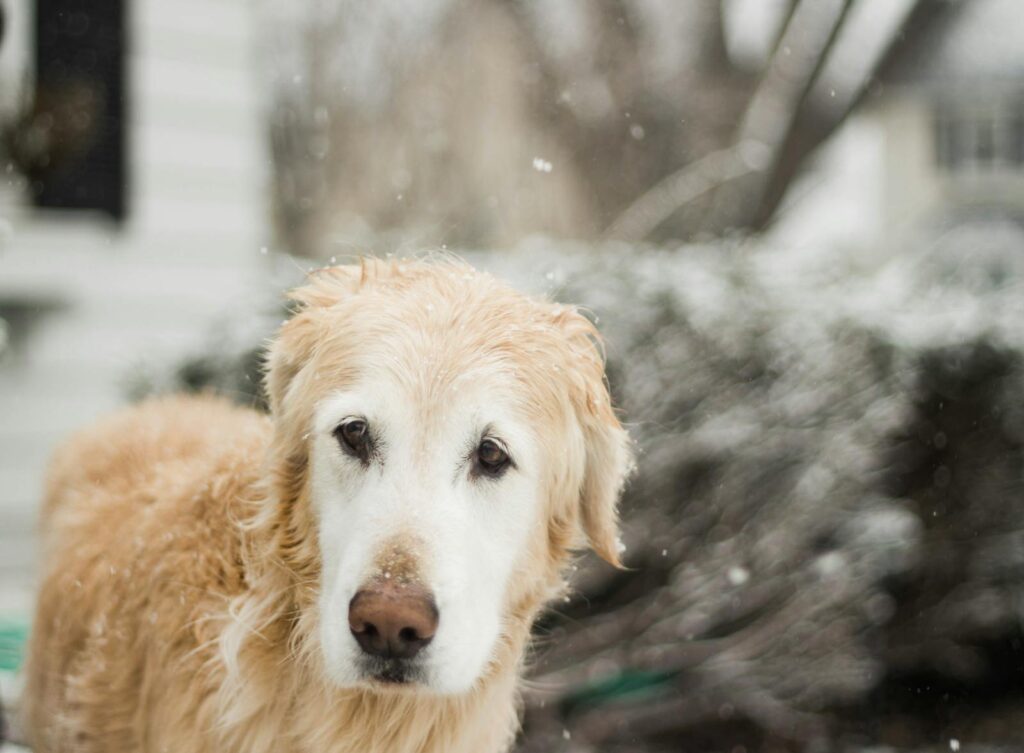
Dogs are social animals. If your normally friendly dog starts hiding under beds, in closets, or corners more often, it can be a subtle sign of illness or pain. Increased hiding often indicates they are feeling vulnerable and trying to protect themselves from stress, discomfort, or fear.
Licking the Air or Smacking Lips

Repeatedly licking the air or smacking lips is not just odd behavior — it can signal nausea, dental pain, or even neurological issues like seizures. If your dog does this frequently or seems otherwise unwell, it’s a good idea to check for underlying problems beyond the quirky habit.
Pacing or Restlessness

Restlessness or constant pacing is often a sign of anxiety, discomfort, or pain. It can also point to more serious conditions like cognitive dysfunction in senior dogs or gastrointestinal distress. If your dog can’t seem to settle and keeps pacing around, don’t ignore it — it could be their way of showing distress.



